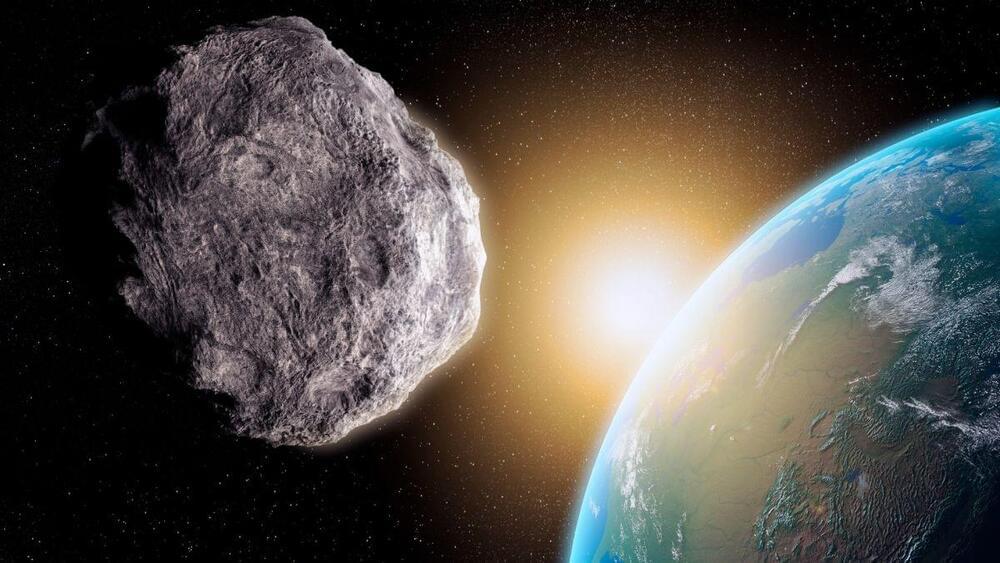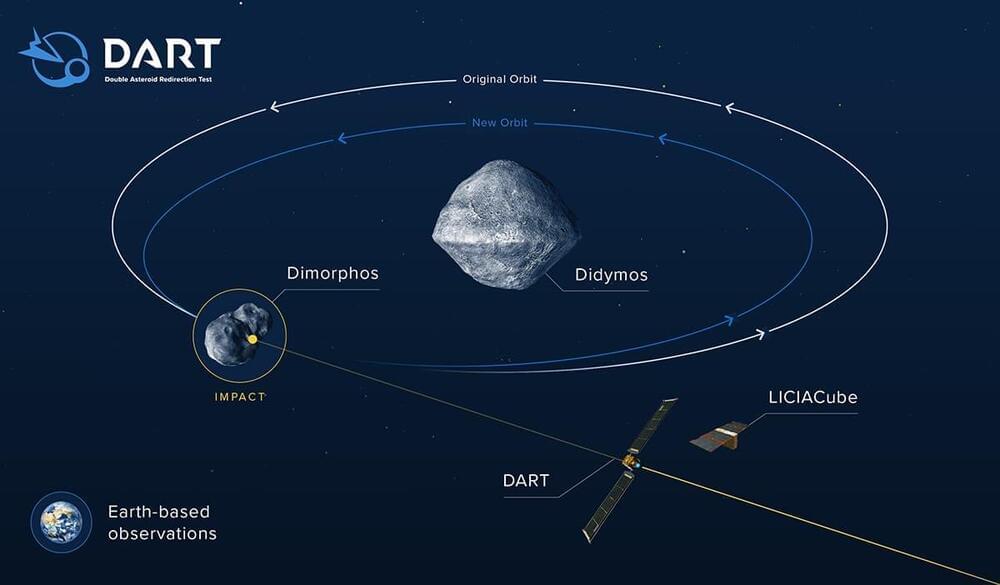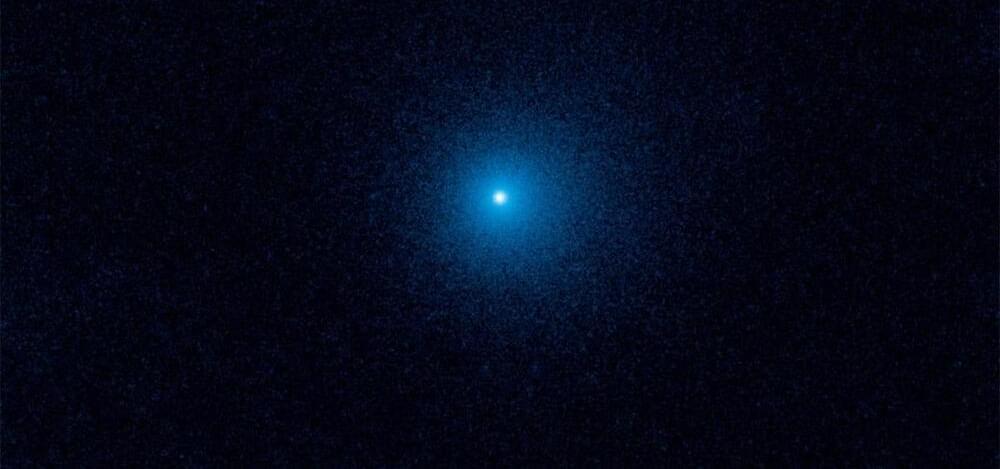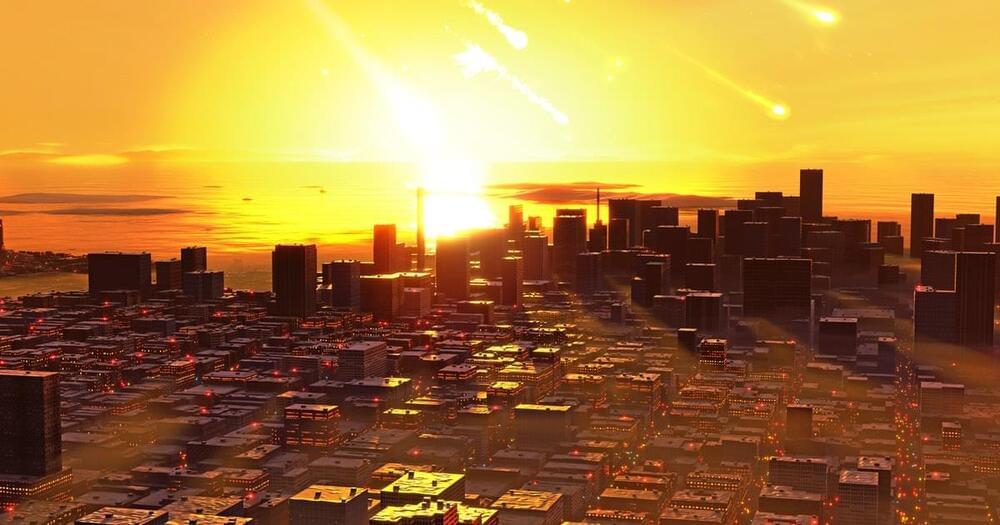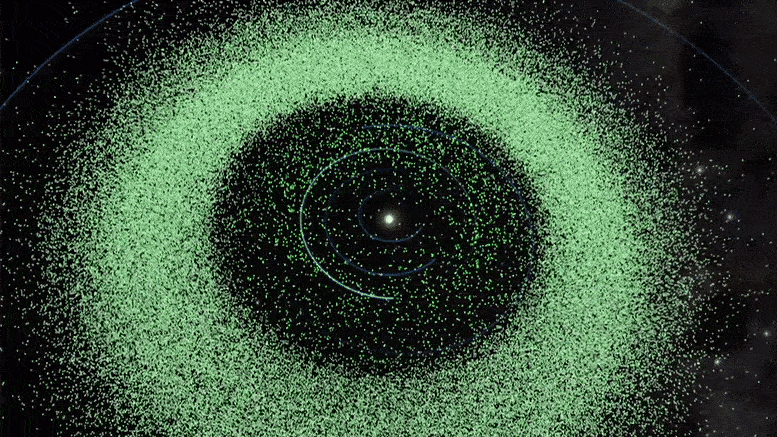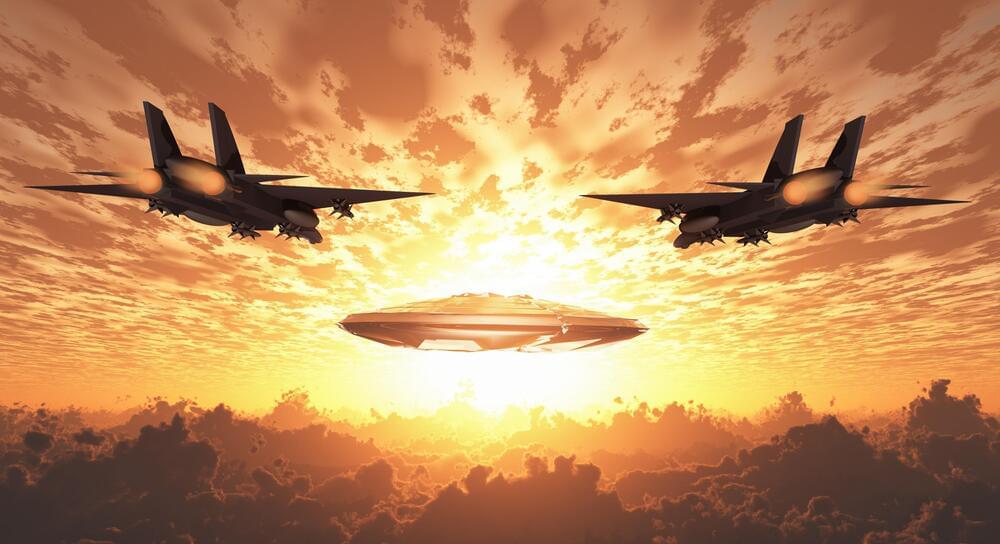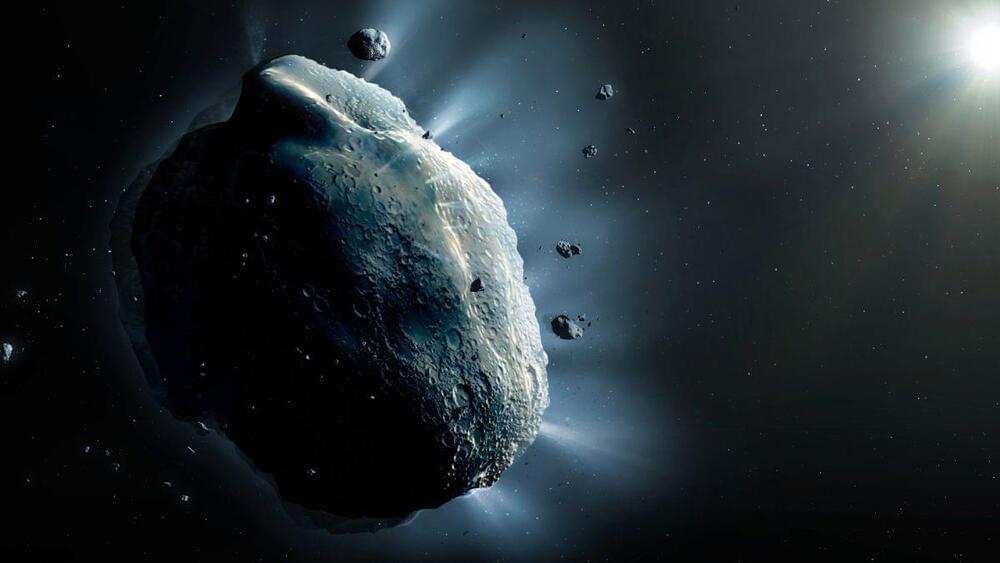Researchers have discovered never-before-seen types of crystal hidden in tiny grains of perfectly preserved meteorite dust. The dust was left behind by a massive space rock that exploded over Chelyabinsk, Russia, nine years ago.
On 15 Feb 2013, an asteroid measuring 59 feet (18 meters) across and weighing 12,125 tons (11,000 metric tons) entered Earth’s atmosphere at around 41,600 mph (66,950 km/h).
Fortunately, the meteor exploded around 14.5 miles (23.3 kilometers) above the city of Chelyabinsk in southern Russia, showering the surrounding area in tiny meteorites and avoiding a colossal single collision with the surface.
